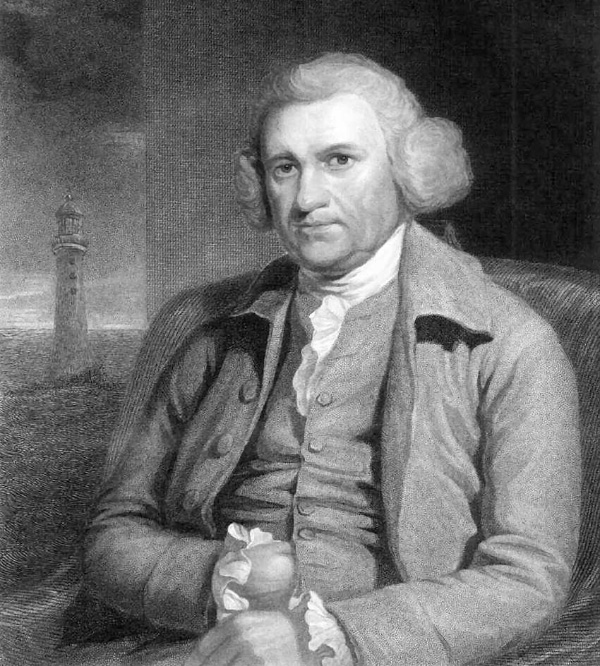
|
John Smeaton | ||
|---|---|---|---|
| |
|
||

|
|||
|
John Smeaton
| |||
| In 1759, the British engineer John Smeaton published a paper titled, An Experimental Enquiry Concerning the Natural Powers of Water and Wind to Turn Mills and Other Machines Depending on Circular Motion that addressed the relationship between pressure and velocity for objects moving in water and air. The Wright Brothers had used the established value of John Smeaton, which provided disappointing results in their first two gliders. An error in this constant, which had remained unquestioned for almost 150 years was corrected by the Wright Brothers, through their own wind tunnel tests. The 1902 glideróbased on more accurate lifting tables had much better lift than the brothersí earlier gliders, convincing Wilbur and Orville that their new motorized machine could make it into the air. | |||
| The Smeaton coefficient used by the Wright Brothers, is credited to John Smeaton even though it was arrived at by others from information contained the papers of John Smeaton. The information from the tables that appeared in John Smeaton's paper would be expressed as the following:1 | |||
| F=kV2S | |||
|
F is the force on the plate in pounds. k is the coefficient of air pressure. 0.005 that was the value as determined by Smeaton and used by Otto Lilienthal. It was later corrected to 0.0033 by the Wright Brothers. V is the velocity of the airflow in mph. S is the surface of the plates in square feet. John Smeaton had confined his studies to the flow of oncoming air over as it approaches a surface at a perpendicular angle, whereas another Englishman, John Vince, took Smeaton's work further and found that the force varies as oncoming air approaches the plate at different angles. Today we would call this the angle of attack. Now to accommodate the angle of attack, another multiplying factor would be added in the equation as the coefficient of lift and would be expressed as follows:2 | |||
| L=kV2SCL | |||
|
L is the lift in pounds. CL is the coefficient of lift. Also, as the angle of attack affects the coefficient of lift, it would also affect the coefficient of drag and would be expressed as follows:3 | |||
| D=kV2SCD | |||
|
D is the drag in pounds. CD is the coefficient of drag. All of these formulas were available and used by the Wright Brothers as they were published in the Pocket-Book of Aeronautics in 1895.4 | |||
|
|
|
1. Peter L. Jacob. Visions of a Flying Machine, The Wright Brothers and the Process of Invention. (Washington, D.C.: Smithsonian Institution, 1990). 77. 2. Tom Crouch. The Bishop's Boys: A Life of Wilbur and Orville Wright. (New York: W.W. Norton & Company, 1989). 177. 3. Peter L. Jacob. 78. 4. Ibid. |
Return to Early Index
© The Aviation History On-Line Museum.
All rights reserved.
November 21, 2009.